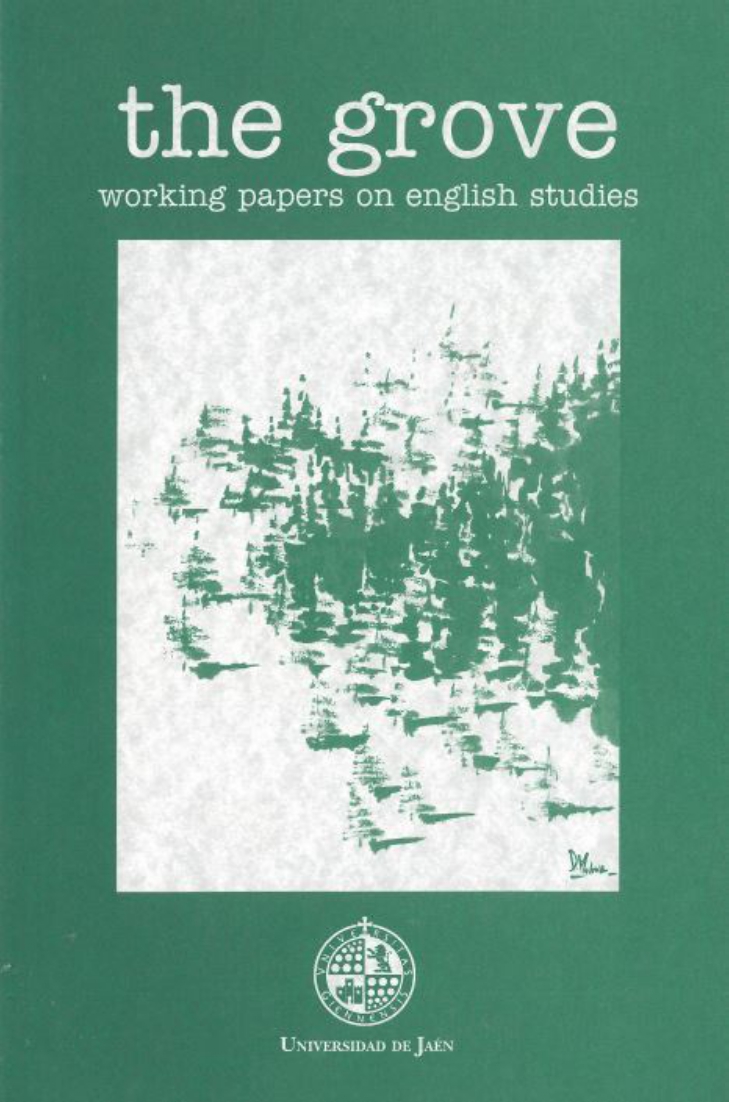Contemporary Adaptations of King Lear: Power and Dramatic Space in William Shakespeare, Edward Bond and Elaine Feinstein
Keywords:
Shakespeare, King Lear, Edward Bond, Elaine Feinstein, space, dramaAbstract
In his tragedy King Lear (1605) William Shakespeare explores the human psyche through a story of an old king who gives up his land to his two eldest daughters and finds himself forced to wander in the space of the outcasts. In his modern version of this play entitled: Lear, Edward Bond resumes Shakespeare’s analysis of space and power in the figure of a monomaniac father who raises a wall against his enemies. The division of inner-outer spaces present in Bond is further explored in Elaine Feinstein’s and the Women Theatre Group’s work: Lear’s Daughters, which immerses the audience into the early years of Goneril, Regan and Cordelia. In this contemporary prequel to Shakespeare’s play the three princesses discover the world and the space they occupy in it from their seclusion in the castle.
Downloads
References
Avădanei, Dragos. “Bonded Shakespeare.” Multicultural Representations. Literature and Discourse as Forms of Dialogue. Eds. Iulian Boldea and Cornel Sigmirean. Romania, 2016, pp. 69–76.
Barton, Anne. The Shakespearean Forest. Cambridge University Press, 2017. DOI: https://doi.org/10.1017/9781139015257
Bloom, Harold. Shakespeare. The Invention of the Human. Riverhead Books, 1998.
Bond, Edward. Lear. Hill and Wang, 1976.
Bozio, Andrew. Thinking Through Place on the Early Modern English Stage. Oxford University Press, 2020. DOI: https://doi.org/10.1093/oso/9780198846567.001.0001
Certeau, Michel De. The Practice of Everyday Life. Translated by Steven Rendall, University of California Press, 1988.
Crespo Candeias Velez Relvas, Maria de Jesus. “Lear and Quijote, Two Wanderers On Uneven Paths.” The Grove. Working Papers on English Studies, vol. 26, 2019, pp. 117–26. DOI: https://doi.org/10.17561/grove.v26.a7
Feinstein, Elaine, and The Women’s Theatre Group. (2000). “Lear’s Daughters” Adaptations of Shakespeare.” Eds. Daniel Fischlin and Mark Fortier. Routledge, 2000, pp. 217–32.
Fischlin, Daniel, and Mark Fortier. Adaptations of Shakespeare: A Critical Anthology of Plays from the Seventeenth Century to the Present. Routledge, 2000.
Foucault, Michel. “Of Other Spaces: Utopias and Heterotopias.” Rethinking Architecture. A Reader in Cultural Theory. Ed. Neil Leach. Routledge, 2005, pp. 330–36.
Frye, Northrop. Northrop Frye on Shakespeare. Ed. Robert Sadler. Yale University Press, 1986.
Gearhart, Stephanie S. “Lear’s Daughters, Adaptation, and the Calculation of Worth.” Borrowers and Lenders: The Journal of Shakespeare and Appropriation, vol. 7, no. 2, 2012, n.p.
Gillies, John. (2001). “The Scene of Cartography in King Lear.” Literature, Mapping, and the Politics of Space in Early Modern Britain. Ed. Andrew Gordon and Bernhard Klein. Cambridge University Press, 2001, pp. 109–37.
Knight, Wilson G. The Wheel of Fire. Meridian Books, 1964.
Kott, Jan. Shakespeare our Contemporary. Norton, 1974.
Lefebvre, Henri. The Production of Space. Translated by Donald Nicholson-Smith, Blackwell, 1991.
Nuttall, Anthony David. A New Mimesis: Shakespeare and the Representation of Reality. Yale University Press, 2007.
Oates, Joyce Carol. “‘Is This the Promised End?’: The Tragedy of King Lear.” The Journal of Aesthetics and Art Criticism, vol. 33, no. 1, 1974, pp. 19–32. DOI: https://doi.org/10.1111/1540_6245.jaac33.1.0019
Özmen, Özlem. Re-Writing Shakespeare in the Twentieth Century: Edward Bond’s Lear, Arnold Wesker’s The Merchant and Howard Barker’s Gertrude-The Cry in Socio-Historical Context. Doctoral Dissertation. Hacettepe University, 2018.
Rackin, Phyllis. Stages of History: Shakespeare’s English Chronicles. Cornell University Press, 1993.
Sewell, Arthur. “Tragedy and the ‘Kingdom of Ends.’” Shakespeare: Modern Essays in Criticism. Ed. Leonard F. Dean. Oxford University Press, 1967, pp. 295–316.
Shakespeare, William. King Lear. Eds. Barbara A. Mowat and Paul Werstine. Washington Square Press, 2005.
Smith, Leslie. “Edward Bond’s Lear.” Comparative Drama, vol. 13, no. 1, 1979, pp. 65–85. DOI: https://doi.org/10.1353/cdr.1979.0005
Turner, Henry S. “King Lear without the Heath.” Renaissance Drama, vol. 28, 1997, pp. 161–193. DOI: https://doi.org/10.1086/rd.28.41917339
Vizcaíno Macero, Candelaria. “Los Espacios Simbólicos en El Rey Lear de W. Shakespeare a través de la Adaptación Fílmica de A. Kurosawa en Ran.” CAUCE Revista Internacional de Filología y su Didáctica, vol. 28, 2005, pp. 439–68.
Downloads
Published
Issue
Section
License
Copyright (c) 2021 Ana Abril Hernández

This work is licensed under a Creative Commons Attribution 4.0 International License.
Authors who publish with this journal agree to retain copyright and grant the journal right of first publication with the work simultaneously licensed under a Creative Commons Attribution License that allows others to share the work with an acknowledgement of the work's authorship and initial publication in this journal. Also, authors will retain the rights on their work, even if they will be granting The Grove. Working Papers on English Studies a non-exclusive right of use to reproduce, edit, distribute, publicly communicate and show their work. Therefore, authors are free to engage in additional, independent contracts for non-exclusive distribution of the works published in this journal (such as uploading them to an institutional repository or publishing them in a book), as long as the fact that the manuscripts were first published in this journal is acknowledged.
























